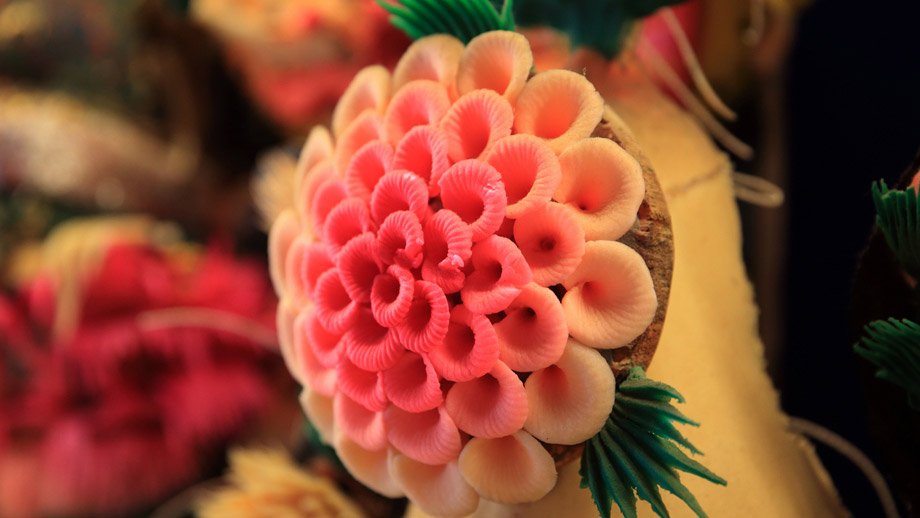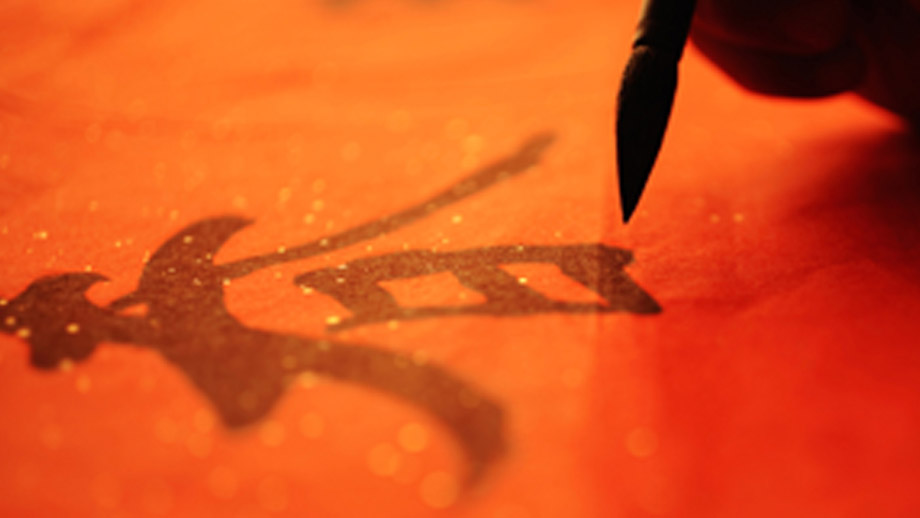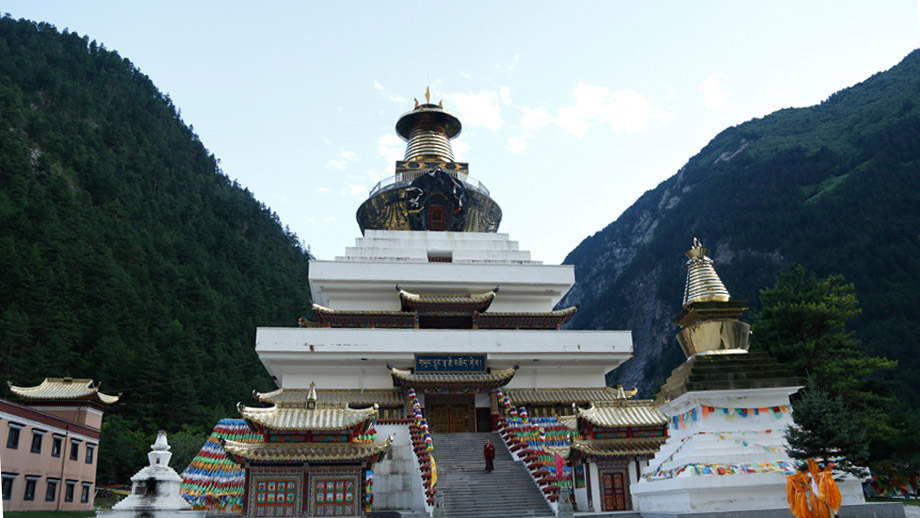Local Festivals
Tibetan New Year
The Tibetan New year, also known as Losar, is the most important festival in the Tibetan calendar. It is celebrated over a period of two weeks during the months of December and January.
Losar Festival is also celebrated by Tibetan people in Jiuzhaigou and is marked by ancient ceremonies that represent the struggle between good and evil, by chanting, and by passing fire torches through the crowds.
During this time, houses are adorned with prayer flags and light lanterns as signs of their hope for the new year. Some bring out the fireworks, arranges parades, play traditional games, and watch cultural performances to make the celebration more festive.
Spring Festival
The oldest and most important festival in China is the Spring Festival, more commonly known in the West as Chinese New Year. Preparations for the New Year festival start during the last few days of the last moon. Houses are thoroughly cleaned, debts repaid, hair cut, and new clothes bought. Doors are decorated with vertical scrolls of characters on red paper signifying praise and good fortune. This practice is believed to keep bad fortune far from family and home. Incense is burned in many homes as well as in the temples as a sign of respect for the ancestors. New Year's Day is often spent visiting neighbours, family, and friends.
Mazi Fair
Held annually on the 15th of the 5th month on lunar calendar, Mazi Fair is an important religious holiday for Tibetans living in Jiuzhaigou. The largest event is the Mazhi Culture Festival held in Zharu Temple, which is located in Shuzheng Valley in Jiuzhaigou National Park. The festival lasts for nine days, with various religious and cultural activities being held in the temple and on the nearby sacred mountains. Residents will gather wearing beautiful holiday costumes, and bring Tibetan Longda, Thangka, joss sticks, and candles to chant and pray with the monks.


